Seosan Chrysanthemum Festival (서산국화축제)
17.6Km 2022-12-21
320-1, Gobuk 1-ro, Seosan-si, Chungcheongnam-do
• 1330 Travel Hotline: +82-2-1330 (Korean, English, Japanese, Chinese) • For more info: +82-41-660-3935
Seosan Chrysanthemum Festival takes place in October at the area of Gobuk-myeon, Gagu-ri in Seosan, Chungcheongnam-do. This festival offers chrysanthemum exhibitions inside of an apple orchard, featuring various colors of chrysanthemum in full bloom as well as a mountain of apples, photo zone, and other events to fill the festival grounds with the scent of autumn.
House and Tomb of Kim Jeong-hui (추사김정희선생고택·묘)
18.3Km 2024-02-21
261, Chusagotaek-ro, Sinam-myeon, Yesan-gun, Chungcheongnam-do
This house and tomb are where Kim Jeong-hui (pen name: Chusa, 1786-1856), a Joseon-era scholar and artist, lived and was laid to rest. Chusa Memorial Hall and Chusa Experience Center are found next to the house. After studying in Qing China, Kim Jeong-hui served in multiple government posts. He is best known for his unique calligraphical style, which bears his courtesy name (Chusa), and many works of art that survive to this day. The Experience Center offers traditional art experiences inspired by Kim Jeong-hui’s works.
Ureongi Baksa (우렁이박사)
18.4Km 2024-02-21
7-1 Saetteo-ro, Sinpyeong-myeon, Dangjin-si, Chungcheongnam-do
041-362-9554
Ureongi Baksa is a restaurant specializing in dishes made with freshwater snails, located near Sapgyoho Lake. They use freshwater snails grown in organic rice paddies, known for their health benefits. The main menu item is the baksane jeongsik (sweet and sour freshwater snail salad set menu), featuring dishes such as mixed paste, soybean paste jjigae, and sweet and sour freshwater snail salad. They also offer dambuk jjim jang (rich soybean paste soup with freshwater snail), a dish made with snails and rich soybean paste, as well as spicy and salty ureong deokjang (seasoned soybean paste with freshwater snail).
House of Chusa (추사고택)
18.4Km 2022-12-28
261, Chusagotaek-ro, Yesan-gun, Chungcheongnam-do
+82-41-339-8248
House of Chusa, Chusa Gotaek in Korean, is the traditional Korean house of the renowned scholar and calligrapher Chusa, also known as Kim Jeong-hui. This old house is known to have been constructed by the great-grandfather of Chusa, Kim Han-Sin.
The Korean-style house compound (266.11 m²) consists of munganchae (a guesthouse), soseuldaemun (a high gate), sarangchae (ㄱ-shaped men's quarters), anchae (ㅁ-shaped women’s quarters) and a shrine where the remains of Chusa are enshrined. Theㄱ-shaped Sarangchae stretches for one kan (traditional measuring unit) to the south and 2 kans to the east and is comprised of two rooms and a daecheongmaru (living area). The Anchae consists of a six-kan daecheongmaru and two one-kan rooms.
Located on the ground is a tomb where Chusa’s great-grandfather (Kim Han-Sin) and his wife (Hwasun Princess) are buried. Nearby, visitors will see a gate that was constructed to commemorate Princess Hwasun’s faithfulness to her husband.
Located approximately 600 meters to the north of the old house is a lacebark pine tree, which was designated as a Natural Monument. The lacebark pine tree, originally from northern China, is among the few of its kind in Korea. It is said that Chusa snuck the pine across the border from China (formerly, the Qing dynasty) into the country when he was 25 years old and planted it at the tomb of his great-grandfather. Originally, the tree had three branches, but two were broken and the third branch was damaged. In 1980, the damaged branch was treated and since then, the tree has been kept under strong protection.
Hanil Sikdang [Sapgyo, Yesan] (한일식당[예산 삽교])
18.4Km 2024-02-21
58, Sapgyoyeok-ro, Sapgyo-eup, Yesan-gun, Chungcheongnam-do
Hanil Sikdang has served someori gukbap (beef head meat and rice soup) in front of Sapgyo Station for nearly 70 years. Someori gukbap (beef head meat and rice soup) is a soup boiled with beef head meat, beef offal, radish, and dried radish leaves, using a broth simmered with beef head and bones. The soup is kept boiling in a massive cast iron pot all day long. When a bowl is ordered, the soup is ladled into a hot pot and garnished with meat and green onions. The someori gukbap (beef head meat and rice soup) here is slightly spicy.
Chusa Memorial Hall (추사기념관)
18.5Km 2024-12-27
+82-41-339-8247
Chusa Memorial Hall opened in 2008, holds works of Chusa Gim Jeong-hui including his arts, epigraphy, calligraphy and more. The memorial hall preserves and exhibits Chusa Gin Jeong-hui's works to show future generations about his achievements.
Yesan Hwaamsa Temple (화암사 (예산)
18.9Km 2025-08-18
21-29, Yonggung 1-gil, Yesan-gun, Chungcheongnam-do
+82-41-332-9250
Hwaamsa Temple is located near Joseon dynasty's scholar and writer Kim Jeong-hui's, also referred to his pen name Chusa, house. The temple has ties with the ancient writer, as the temple is known to have been repaired and renovated by Kim Jeong-hui's great grandfather. There are no records that explains the foundation of Hwaamsa Temple, and only a timeline of its reconstruction can be found in "Records of Hwaamsa Temple Restoration" plaque, which is displayed in Sudeoksa Temple Museum. The timeline was recorded by Kim Myeong-hee in 1848, and written by Kim Seong-hee, and carved by Cho Seok-shin. The name "Hwaamsa" was given by King Yeongjo (r. 1724-1776).
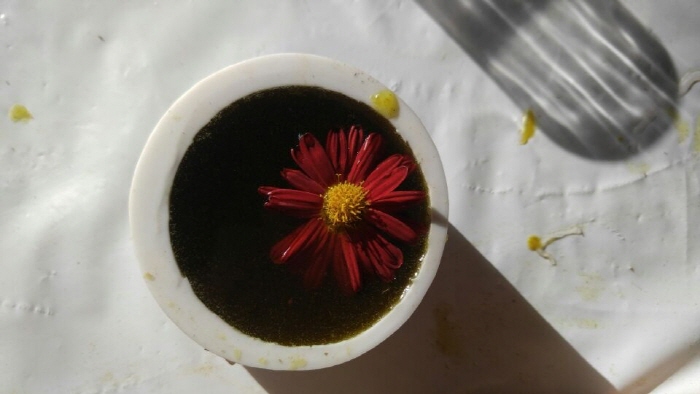

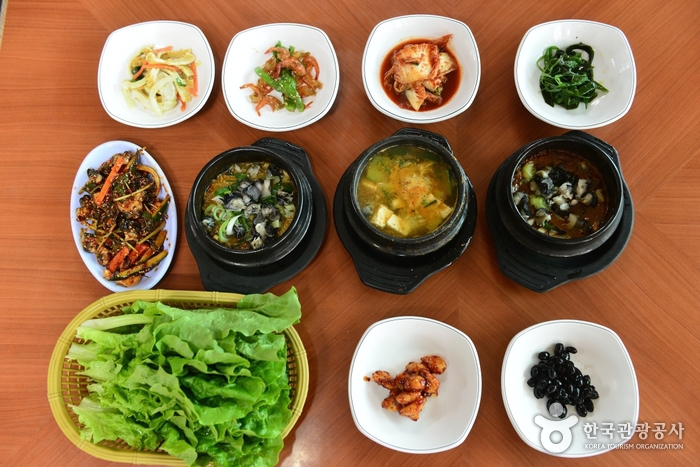
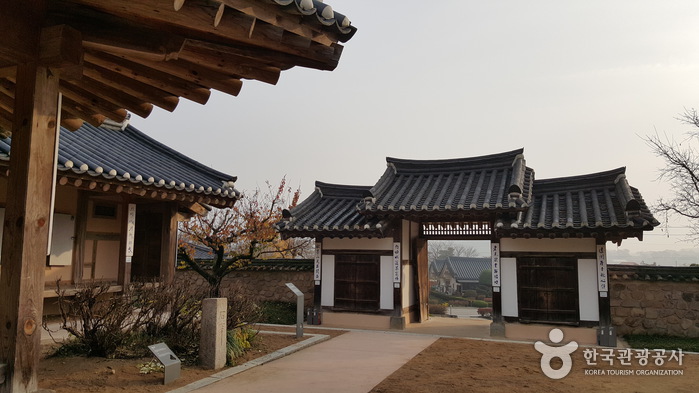
![Hanil Sikdang [Sapgyo, Yesan] (한일식당[예산 삽교])](http://tong.visitkorea.or.kr/cms/resource/18/3056018_image2_1.jpg)
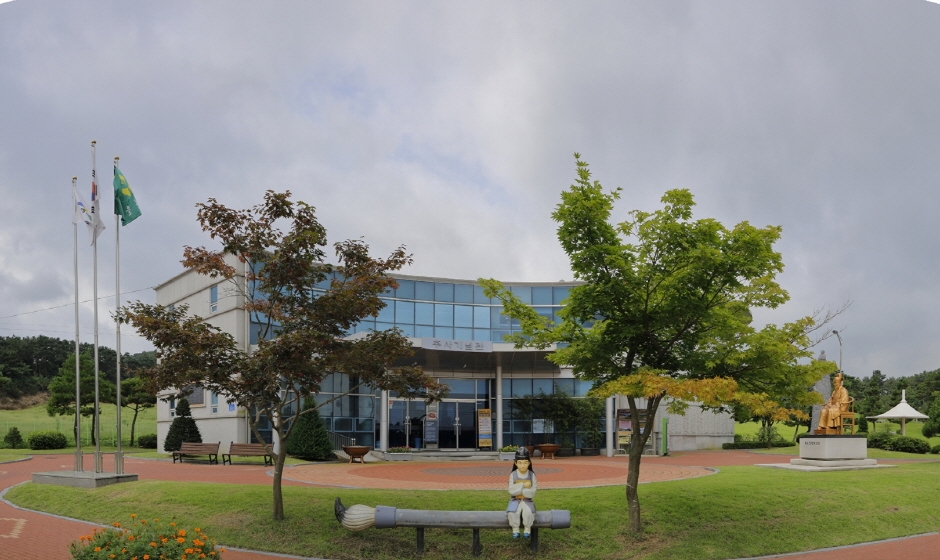
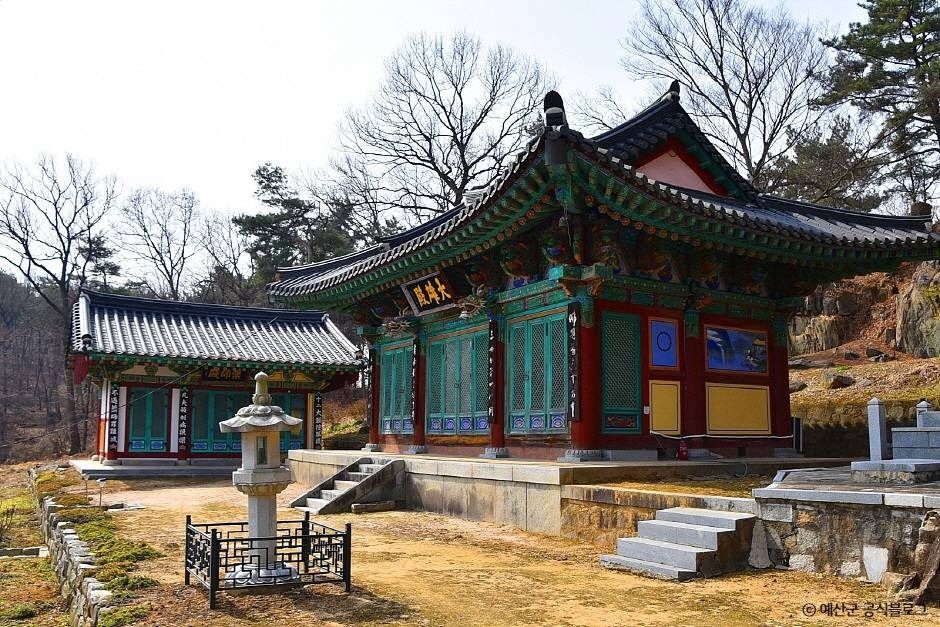
 English
English
 한국어
한국어 日本語
日本語 中文(简体)
中文(简体) Deutsch
Deutsch Français
Français Español
Español Русский
Русский